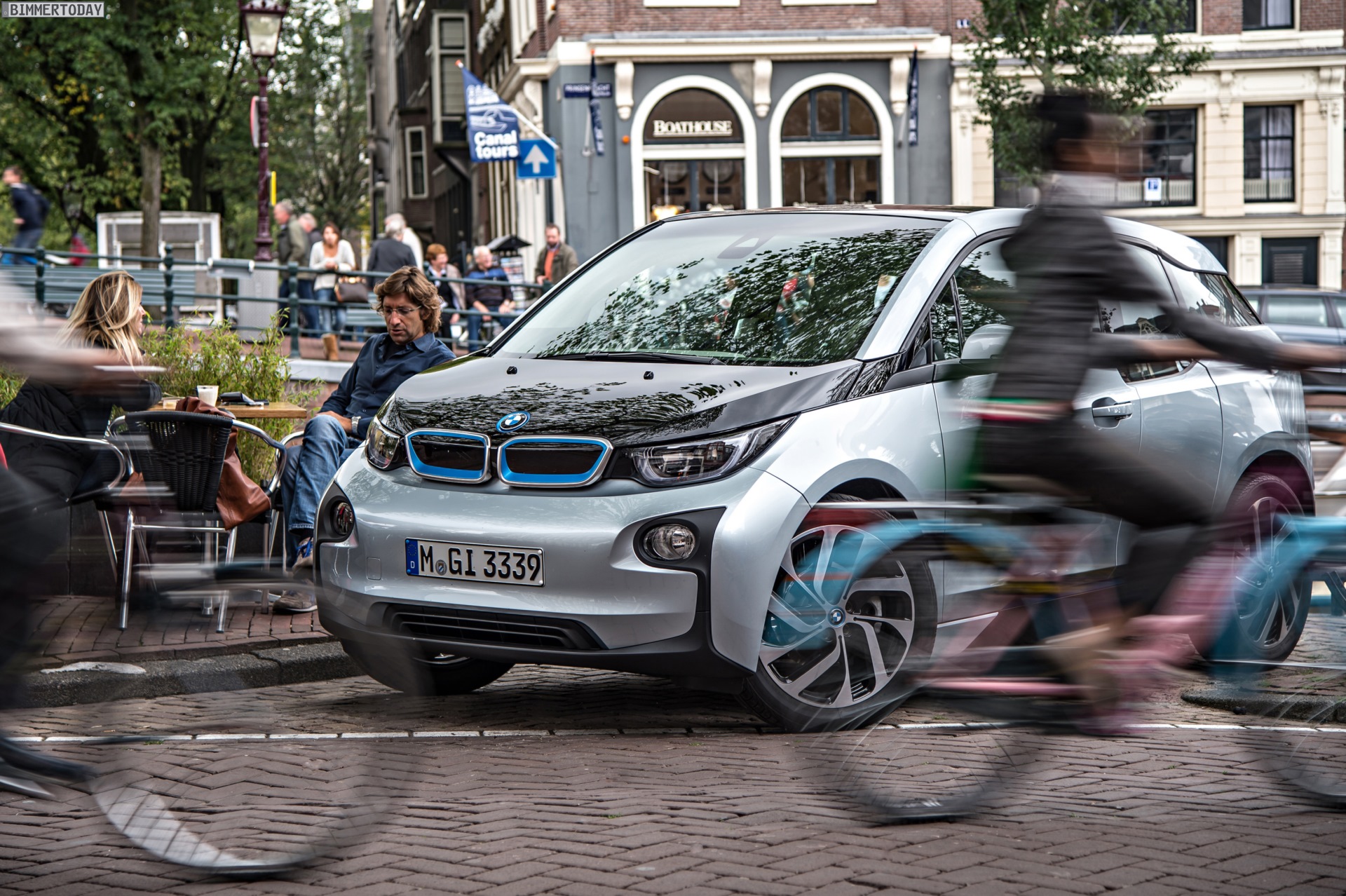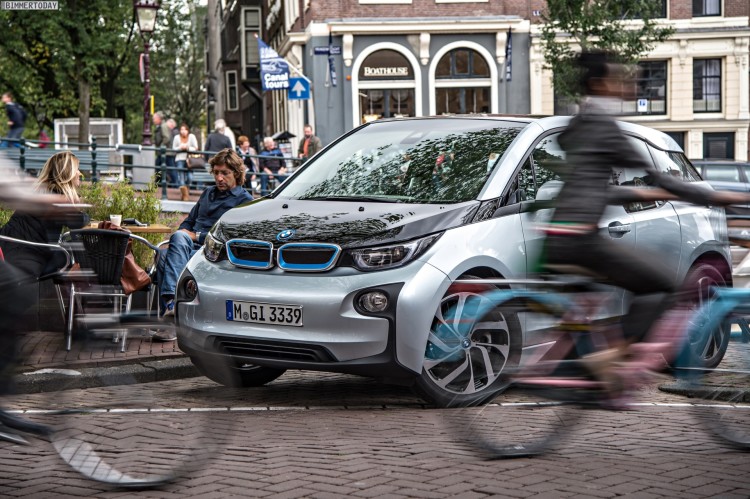Ever since the introduction of the MINI E trial vehicles, the issue around “engine sound” and pedestrian protection was brought forward. Without a doubt, the sound of electric cars is an issue again and again when it comes to the safety of pedestrians.
With decades behind us using gasoline or diesel engines, we have been accustomed to the sound of an engine and it virtually helps us guide and protect us from the powerful cars surrounding us. Virtually noiseless driving cars are new and has yet to become mainstream, but more and more electric vehicles are being produced every year, so the issue arises: What can automakers do to improve safety for pedestrians?
In some countries, the legislature has already responded to the potential threat and are preparing laws for electric cars and artificial noise. The artificial noise will aim to to alert passers-by and at the same time reassure the driver of the quiet cars, because after all, nobody wants to be an unnecessarily high risk to pedestrians or other road users.
In Germany there are no relevant laws, which is why electric cars such as the BMW i3 are up to a certain speed actually silently. Only when the wind and road noise increase with rising speed, then they become acoustically noticeable.
Those who can not get used to the silence of electric vehicles, for safety reasons, have the option to order a special equipment found in the options list for the BMW i3 and i8.
The “Audible Pedestrian Protection” works up to a speed of 30 km/h with a turbine-like external sound being generated. For vehicle-start, the Audible Pedestrian Protection is always active, but it can be disabled by pressing a button when silence is desired.
We assume that BMW will offer the option of artificial sounds in future not only for the models of the BMW i sub-brand, but for all vehicles with the ability to go on purely electric driving. The next logical candidate would be plug-in hybrid models, like the BMW X5 eDrive (xDrive40e) and the BMW 2 Series Active Tourer Hybrid.
[Source: Bimmertoday]






































































